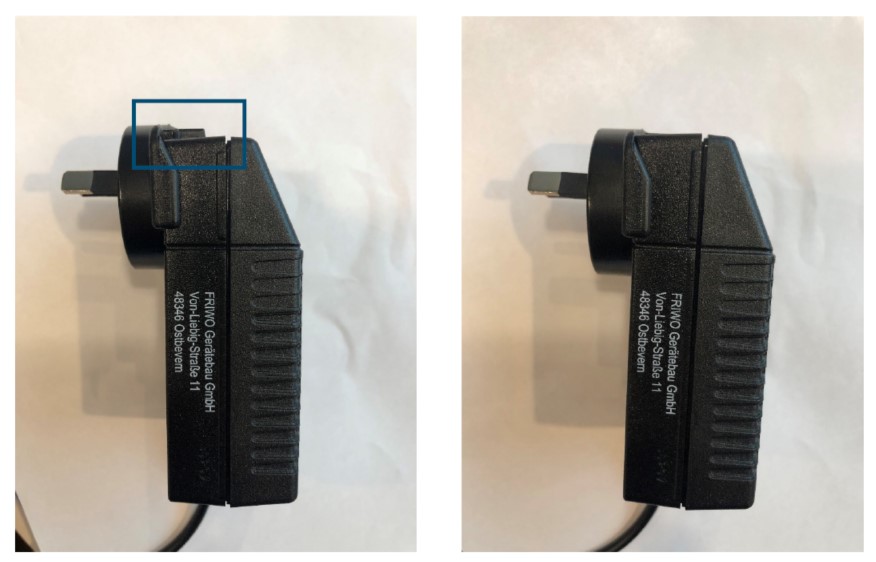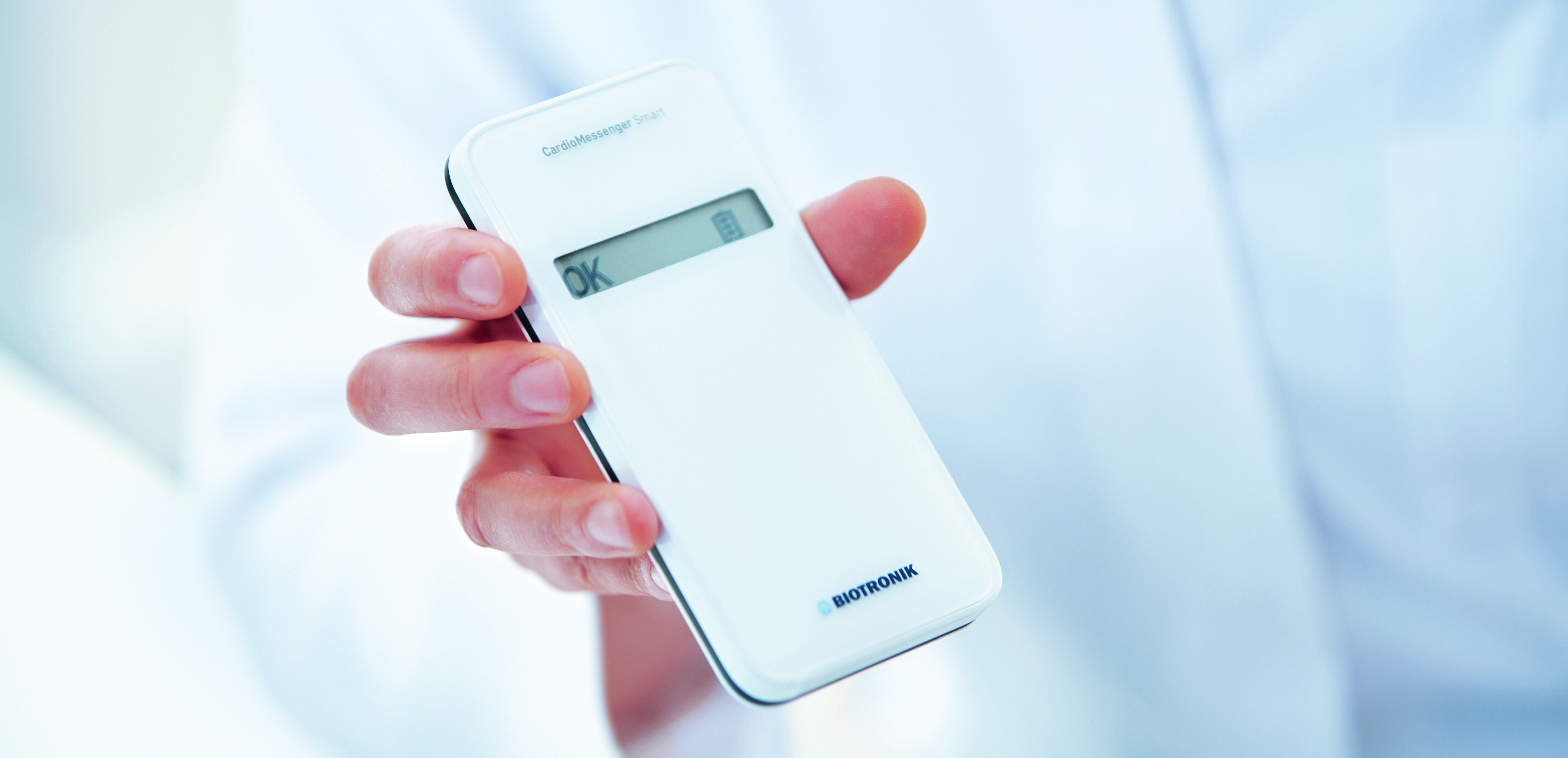Patient Information
The general information contained in this website is for patients who have enquired about their BIOTRONIK device. Patients should always speak directly with a qualified healthcare professional to discuss treatment of their specific medical condition and any queries relating to their device.
In the event of a medical emergency, please contact Triple Zero (000) in Australia, or Triple One (111) in New Zealand.
How do I set up my CardioMessenger?
- Remove from the box and plug your BIOTRONIK CardioMessenger SMART into a power socket within 15cm to 2.5m of where you sleep.
- An ‘OK’ symbol will appear on the left side of the screen once the CardioMessenger is charged and fully-functioning.
- Ensure your CardioMessenger remains plugged in 24/7. You do not need to carry it with you during the day.
- No further set up is required. The CardioMessenger will transmit medical messages from your device automatically every night between 1am to 2am.
If you are admitted to hospital, please bring this monitor and cable with you. Please take monitor with you after hospital discharge and repeat step 1, 2, 3 & 4.
Do I need to bring my CardioMessenger when I travel?
Please ask your doctor. In general, we recommend you bring your CardioMessenger and plug it in next to where you sleep if you are travelling for a period greater than 3 weeks.
If you have a diagnostic device, such as a BIOMONITOR (Implantable Loop Recorder) it is advisable to bring your CardioMessenger with you travelling.
For more information about travelling overseas or if you do not wish to bring your CardioMessenger while travelling, please fill out the Patient Request Form here and include the dates of your travel.
Please note:
Your Implantable Cardiac Device will not transmit medical messages while you are away from the CardioMessenger. If you intend to be away from your CardioMessenger for a period of 60 days or greater, you may need to make an appointment to have your BIOTRONIK Remote Monitoring manually reactivated in your doctor’s clinic on your return. This does not apply to patients with implantable defibrillators. Monitoring will remain active on these devices.
What happens if there is a power cut?
Your Implanted Cardiac Device will not be affected in the event of a power cut. The CardioMessenger and your Implanted Cardiac Device work independently. The CardioMessenger has a backup battery and is only a transmitter for your Implantable device.
What if my CardioMessenger is not transmitting - there is no 'OK' symbol on the screen?
This is not an emergency and does not mean there is an issue with your implanted device. The ‘OK’ symbol indicates the CardioMessenger remote monitoring unit has cellular signal and can transmit data.
Please follow the steps below to troubleshoot this issue:
1. Ensure there is adequate mobile phone coverage in the area.
2. Your CardioMessenger unit may need to be charged.
- Please check the power supply and try another power socket.
- If you have an older charger, the universal adapter in the plug can come loose as shown in the left photo below in the blue box. Remove the plug from the power socket and press hard on the top section of the plug to reconnect this adapter so it looks like the photo on the right. Plug it back into the power, if successful, you will observe a charging icon on the right of the CardioMessenger screen.


